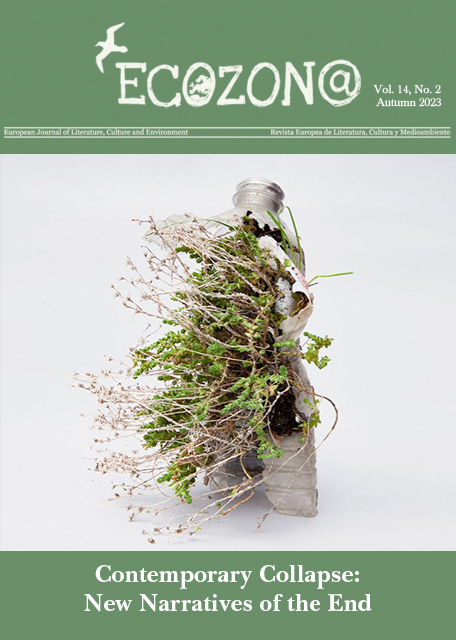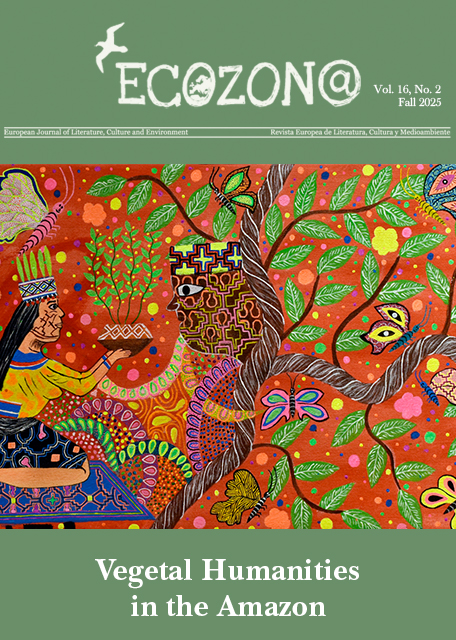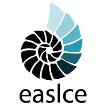Emplacement and Narrative Identity in Tomas Bannerhed’s "Korparna"
DOI:
https://doi.org/10.37536/ECOZONA.2023.14.2.4903Parole chiave:
birds, emplacement, environmental hermeneutics, Tomas BannerhedAbstract
In Tomas Bannerhed’s Korparna (The Ravens, 2011), birds and trees not only function as backdrop and setting but contribute toward forming the characters’ narrative identities and sense of place. As this is partly based on cultural values and traditions, I explore historical and literary sources from Småland—the historical province in Sweden where Korparna is set—to assess how Bannerhed interprets and elaborates on them. Drawing on Forrest Clingerman’s concept of “emplacement,” I explicate the interplay between conflicting environmental interpretations, recognizing that places can be described based on the historical record or on ornithological and botanical data, but that folklore and mythology also contribute to local meaning-making. In the context of Korparna, I argue that birding can be a meaningful way of engaging with place, a form of naturalist enthusiasm that fosters deep local knowledge. Finally, I show that relations with nonhumans can be constitutive to a variety of conflicting but partly overlapping environmental identities.
Downloads
##submission.downloads##
Pubblicato
Fascicolo
Sezione
Licenza
Authors who publish with this journal agree to the following terms:
a) Authors retain copyright and grant the journal right of first publication with the work simultaneously licensed under a Creative Commons Attribution License that allows others to share the work with an acknowledgement of the work's authorship and initial publication in this journal (CC BY-NC for articles and CC BY-NC-ND for creative work, unless author requests otherwise.
b) Authors are able to enter into separate, additional contractual arrangements for the non-exclusive distribution of the journal's published version of the work (e.g., post it to an institutional repository or publish it in a book), with an acknowledgement of its initial publication in this journal.
c) Authors are permitted and encouraged to post their work online (e.g., in institutional repositories or on their website) prior to and during the submission process, as it can lead to productive exchanges, as well as earlier and greater citation of published work (See The Effect of Open Access).










